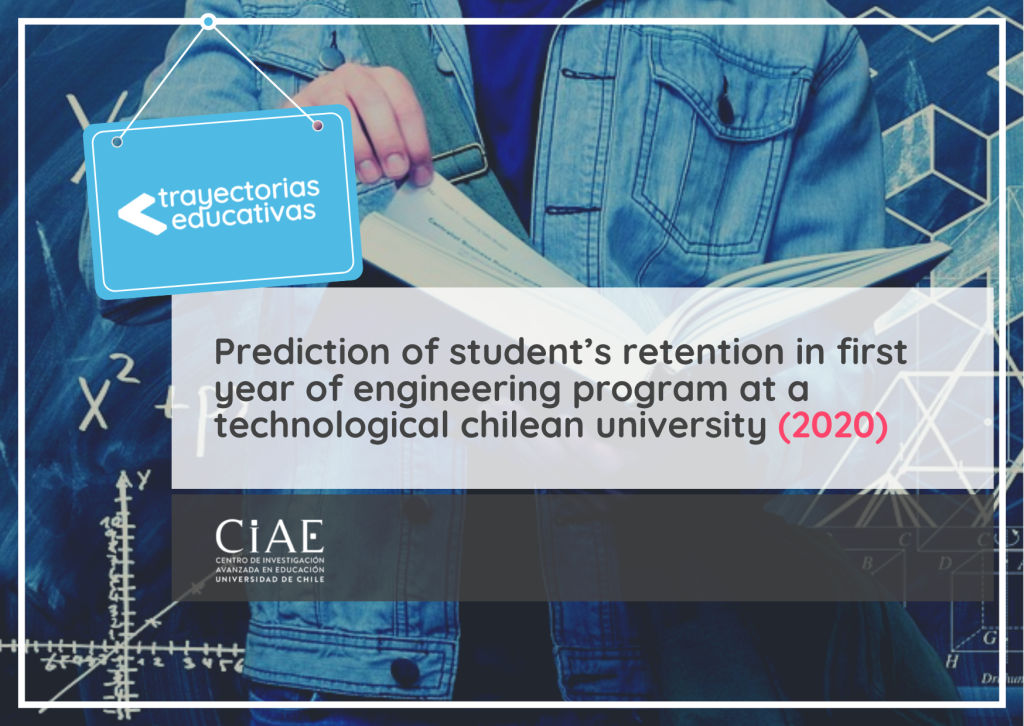AUTORES: Dombrovskaia, Lioubov; Del Rio, José P.; Rodríguez, Patricio
AÑO DE PUBLICACIÓN: 2020
INSTITUCIÓN: CIAE
DISPONIBLE EN:
https://ieeexplore.ieee.org/document/9281195/authors#authors
RESUMEN:
Attrition is a concern of most engineering schools around the world. The engineering students drop out mainly in the first two years of their program. Predicting the student’s possibility to drop out from the program would allow the university to design remedial programs and therefore prevent their drop-out in some cases. Our goal was to explore the possibility to predict the student permanence in the third semester based on her/his performance during the first semester at the engineering school additionally to her/his performance at secondary education, family income and standard admission test.We explored four different algorithms for classification of student’s permanence in the program past the first semester: support vector machine, random forest, k-nearest neighbors and gradient booting. The best results were achieved with the random forest algorithm for classification of the permanence beyond the first year with a F1 score of 92,4%. The most influential factor in predicting the permanence was the number of failed courses during the first semester followed by the results in individual courses, while the PSU Mathematics score was the most influential among admission tests.



